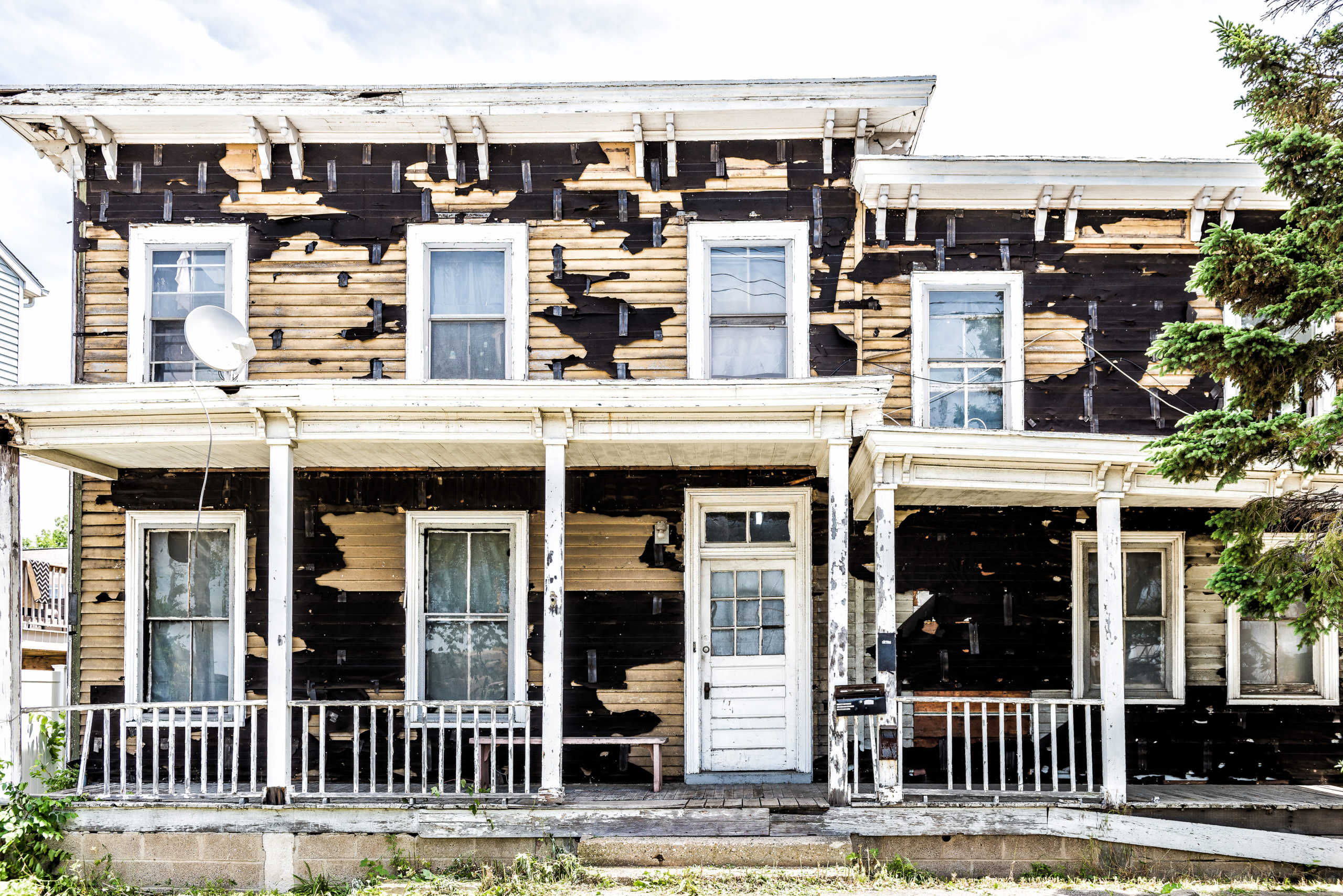Real estate markets move in cycles. One year, or one decade, commercial real estate could be the hottest sector, and then the market shifts and residential becomes hot again. Single-family could shift to multi-family, commercial could shift to industrial, or markets that favor buyers could shift to markets that favor sellers. Market conditions are always changing.
The fix-and-flip market has been a hot residential market for the last couple of years. Is it still a hot market, or will it cool off in 2019?
Why 2019 is Still a Hot Market for Fix-and-Flips
Whether fix-and-flips are “hot” largely depends on where you’re located. Like real estate sectors, geography plays a big part in whether real estate is hot or cold, and geographical markets run in cycles too.
CNBC reports that states west of the Mississippi River are colder markets than those on the east coast. The reason is because of the number of days, on average, a property sits on the market before it sells. Known as holding cost, each day your property doesn’t sell is another day you don’t realize a profit on your investment. Ideally, you want to get into and out of your fix-and-flip property as soon as possible. That’s why geographic considerations are important, because if you live in an area with high unemployment or a lot of vacant properties, then your fix-and-flip could be on the market for a long duration.
Factors to Consider When Investing in Fix-and-Flip Properties
No matter what market you are in, however, there are some things to think about before you purchase a property you want to repair and put back on the market. First among these is the buy price. The old adage “You make your profit when you buy” rings true. If you overpay, you’ll squeeze out any potential profits on the back end. If you overpay too much, you might not profit at all.
Another factor you must pay attention to is the loan-to-value ratio (LTV). If you are borrowing money for your project, you need to make sure that the amount of money you borrow for property acquisition and repairs leaves you enough room to profit when you sell. Successful investors have a set LTV they use as a benchmark. Sixty-five or seventy percent LTV are common.
After-repair value (ARV) is also a consideration. How much will that property be worth after you make the necessary repairs? Can you sell it for that amount and make a profit? What if you discount 5% or 10%? Could you still profit?
Should You Pool Your Money to Invest in Fix-and-Flips
If you are investing in fix-and-flip properties, it’s important to perform your due diligence, on both the property and the market. Due to technology, investing in fix-and-flips is a lot easier and less risky if you can pool your money to invest in a property along with other investors. By spreading the risk around, you do not put as much of your money at risk and you share the burden of risk with other investors. You can also maintain certain liquidity in your investment portfolio because you do not have to invest all of your capital in a single property. You can spread your investments around in multiple properties, which distributes your personal risk among several investments.
Marketplace lending makes this type of risk distribution possible. If you are a conservative investor or have a low risk tolerance, marketplace lending allows you to manage your risk by sharing it with other investors and spreading it out among multiple investments in smaller increments per investment.
There are indications that the hot fix-and-flip market of the past is still hot in 2019. That’s not to say it won’t cool, but the signs are showing a steady market at this time.


